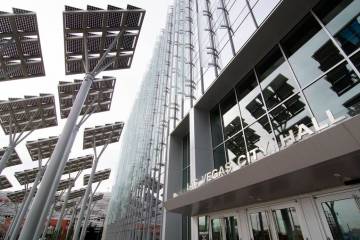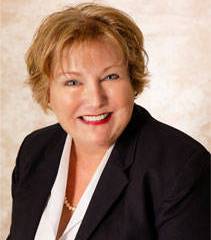Another federally imposed nuisance has begun taking its toll.
March 8, at 2:00 a.m., the annual attack by daylight saving time began — what paleoconservative writer Bill Kaufmann called “that puzzling ritual of mass clock-winding ill befitting freeborn Americans.”
In 1784, Benjamin Franklin penned an impish scheme to employ “sunshine instead of candles,” complete with church bells and cannon fire to “wake the sluggards.” But real-world adoption of DST didn’t occur until World War I. When the great powers engaged in their first slaughter-fest of the 20th century, many European nations made the switch, believing that doing so would conserve fuel. The U.S. followed, in 1918, but Congress reversed course — over Woodrow Wilson’s veto — a year later.
Between the wars, time regulation reverted to local and state authority. (California voters rejected DST initiatives in 1930 and 1940.) Not long after Pearl Harbor, FDR put the U.S. on “War Time.” It ended in September 1945. Two decades later, at the height of LBJ’s nannying, the Uniform Time Act of 1966 laid down D.C.’s current DST structure. The duration of the “saving” has been lengthened numerous times, with enthusiastic, bipartisan support. Wags have observed the bizarre reality that Americans now live a minority of their lives in “standard” time.
Of the 50 states, just Hawaii and Arizona have opted out of DST. (Fedpols allow that. For now.) But there’s encouraging evidence that time-sanity awareness is spreading. Several state legislatures are considering whether to dump DST. “It is not necessary,” says New Mexico Sen. Cliff Pirtle (R-Roswell). “We need to stop the madness. There’s no point in putting ourselves through this twice a year.”
“It’s a hassle for pet owners whose pets wake them up an hour early,” asserts Washington Sen. John McCoy (D-Tulalip). “I hear that milk cows are particularly annoyed.”
Texas Rep. James White (R-Hillister), who’s sponsored a bill to create a task force to study DST liberation, is “ready to stop it as well.” The solon reports that he gets “so many calls from constituents about ‘Why are we doing this?’ ‘Do we have to do it?’ and … [complaints] about the physical and mental pressures it brings about. … It seems to be really painful and physically tough for some people.”
“As we move back and forth between these two times that are artificially put before us by the U.S. government,” charges Alaska Sen. Anna MacKinnon (R-Eagle River), “we are affecting people’s health.”
Sen. Rusty Glover (R-Semmes) wants to make DST permanent in Alabama, in order to vanquish “arcane, imposed, and artificial time adjustments that simply make no sense.”
Best of luck to the legislators, but springing ahead and falling back has proven hard to kill. Inertia, and persistent myth-dissemination by fanatical defenders, have defeated a plethora of previous repeal campaigns.
Past defeats shouldn’t discourage DST’s enemies. Bad ideas, no matter how entrenched, need thwarting. Let’s start at the obvious. As retired chemistry professor James Barrante lectured, “there is no daylight saving time. A more accurate description is ‘daylight shifting time.’ All we are doing is shifting darkness from early evening to early morning. What energy you save at night, you most probably use in the morning. At best, it’s a wash.”
In 2014, The Wall Street Journal profiled “two academic studies published in peer-reviewed journals” that debunked DST’s role as an energy-conservation tool. Scientists found that DST did not reduce electricity consumption in Australia, while in Indiana, fast-forwarding the clock increased power demand. Georgia State University’s H. Spencer Banzhaf noted that DST induces people to “come home from work an hour earlier and crank up their air conditioner in the hottest part of the day.”
DST boosts the economy? That’s dubious, too. In 2008, Independent Institute Senior Fellow William F. Shughart II estimated that the opportunity cost of “correcting” the nation’s timepieces amounted to $1.7 billion a year. Economist, writer, and DST nemesis Allison Schrager expanded the analysis: “Frequent and uncoordinated time changes cause confusion, undermining economic efficiency. There’s evidence that regularly changing sleep cycles, associated with daylight saving, lowers productivity and increases heart attacks.”
In March 2013, National Transportation Safety Board member Mark Rosekind blogged that in “one night, [DST] will generate a 300 million-hour national sleep debt and in the few days it takes our bodies to adjust, our nation will accumulate over a billion hours of lost sleep. In transportation, this lost sleep kills, injures and costs billions of dollars.”
Hawaiians and Grand Canyon Staters recognize DST’s destructiveness. Two down, 48 to go.
D. Dowd Muska is a former Nevadan who worked for the Nevada Policy Research Institute. He writes about government, economics and technology from New Mexico. Reach him through his website at www.dowdmuska.com.







